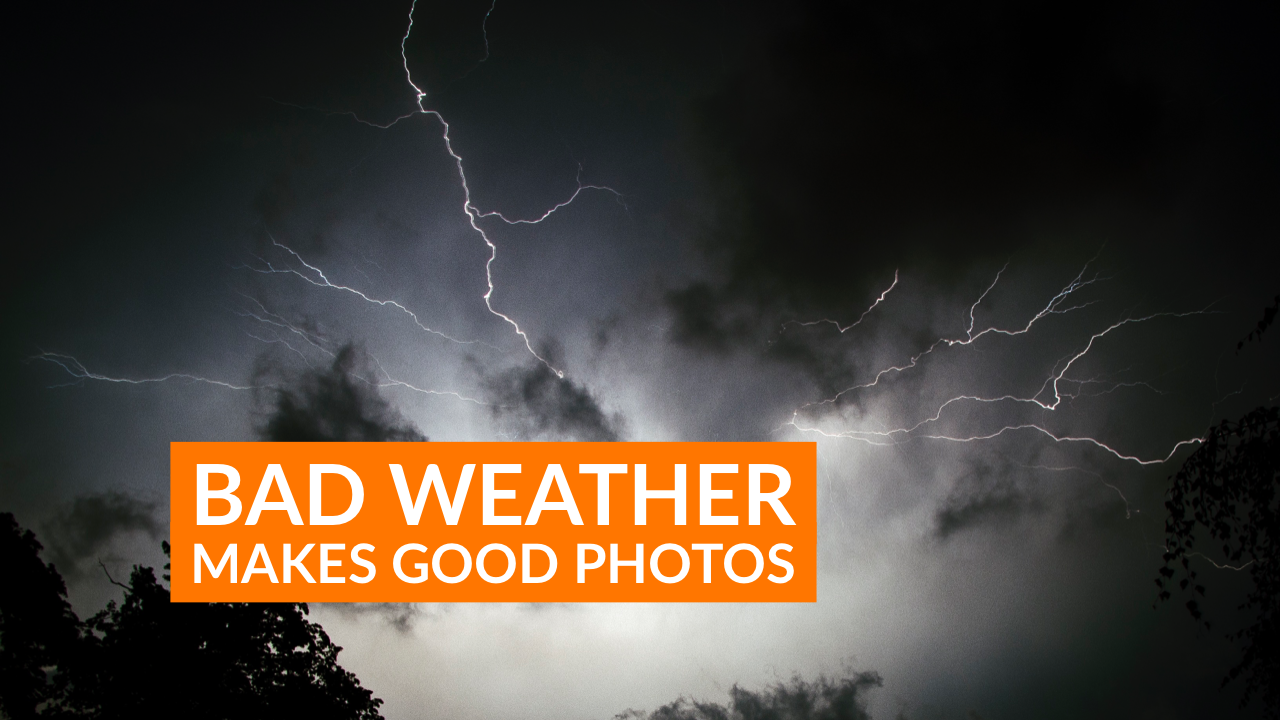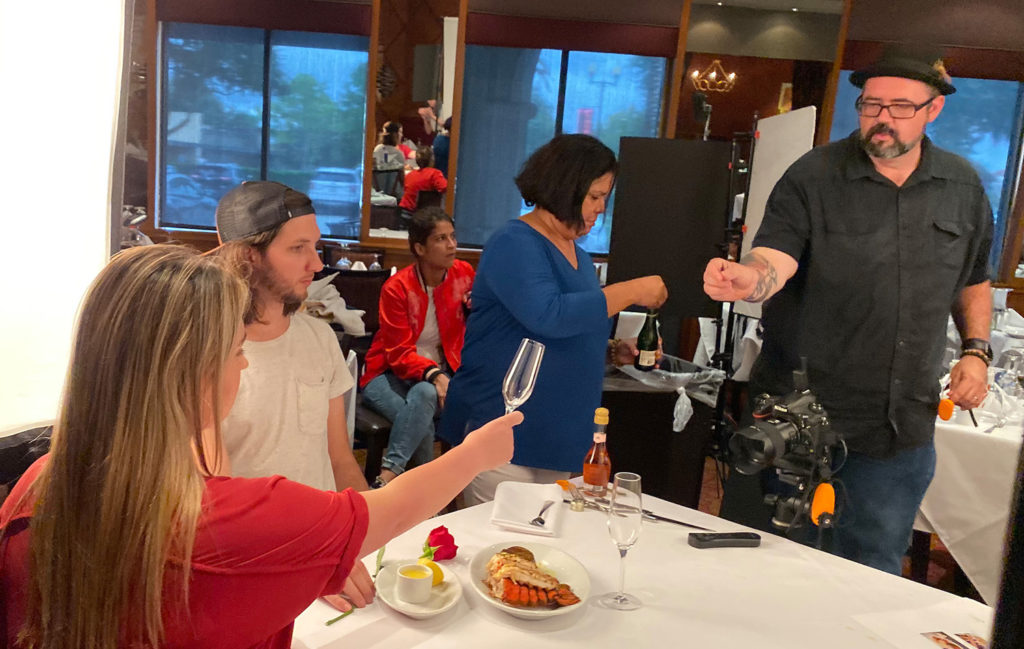
So You Want To Be A Commercial Photographer?
Seven years ago I made the decision that I wanted to be a commercial photographer, and I haven’t looked back since. Today I have a 4,000 sq ft studio that specializes in food and beverage tabletop photography, a full commercial kitchen, a stocked prop room, I shoot with Broncolor lighting and a Phase One medium format camera system, and have created images for national and regional food brands such as Cheddar’s Scratch Kitchen, Ruth’s Chris Steak House, Ruby Tuesday, Tony Chachere’s, The Four Seasons, Tijuana Flats, Metro Diner, and a dozen locations at Disney World and Disney Springs. I’ve also created two classes with KelbyOne (the second one debuting this week!) to teach others some of what I have learned along the way. It’s been a great ride so far and I’m only about halfway to where I want to be. But I thought I would share a bit of what my experience has taught me about becoming a commercial photographer.
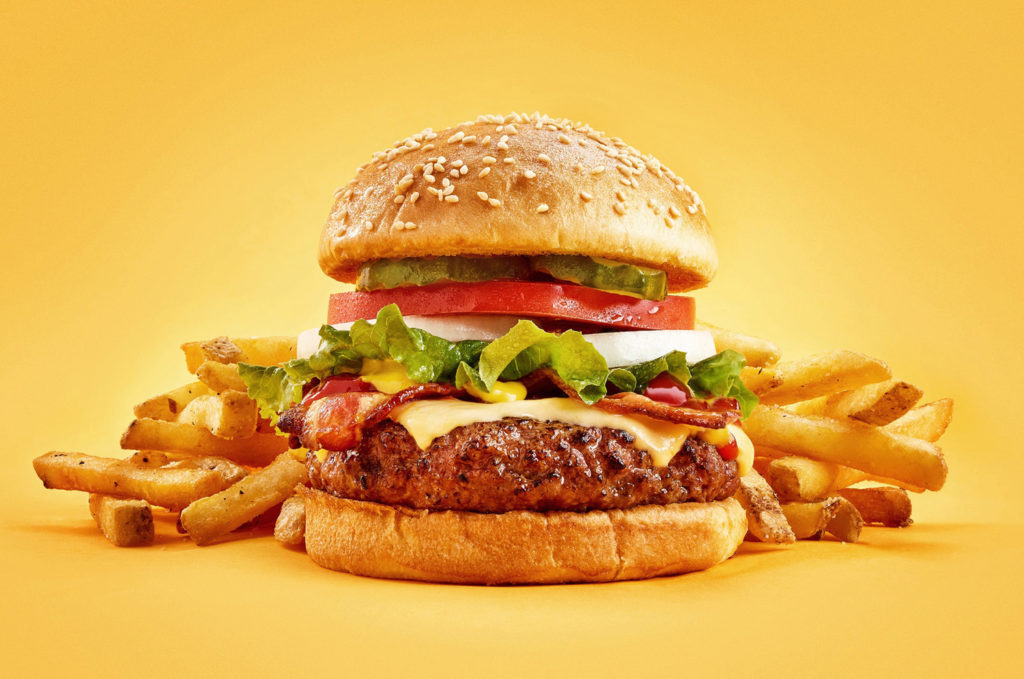
Choosing A Genre
After 20 years in advertising, I had always been interested in commercial photography but struggled to find a genre that really interested me. I didn’t want to take photos of sunglasses or skin care products, chainsaws or cars, and fashion was really not my thing. In 2015 I won a cooking competition with a grand prize of a week in Ireland. I brought my camera with me on this foodie trip and took nothing but photos of food for a week. While I was there, it dawned on me just how much of an industry was out there surrounding commercial food photography, and, by the time I returned, I knew exactly what I wanted to do with my career next.
Selecting a genre to focus on is very important to your success as a commercial photographer. If a potential client were viewing my portfolio and they had to search through galleries of families, weddings, cars, or whatever I might have posted as a photographer who doesn’t specialize, they may have second thoughts about me as the right fit for their company. This is even more of an issue as you climb further up the ladder and are talking to creative directors at large advertising agencies that represent big brands. You simply will not get hired for a job that you are not a specialist in. We’re talking big budget productions, with lots of money and reputations at stake, and the person who gets the job is the one that is extremely proficient in the genre.
If you’re really interested in making a career in commercial photography, you have to be ready to spend the next 5, 10, 20 years focusing on becoming the best at the genre you choose to pursue. You must love the work. You must have a desire to shoot the same thing for the 100th time and still love the process of making it the best work you’ve ever shot. Personally there is something very rewarding and also satisfying about working to become one of the best in my field. I love pushing the boundaries of my work every day and making every production better than my last. I love the focus and concentration working in a specific genre affords me and I love the challenge my job brings me every day.
I hear people all the time say they don’t think they could ever focus on just one thing, that they’d get bored or that they think they are better as a photographer who can create work across multiple genres. That’s all fine, but I’m here to tell you if you want to work at the high end of commercial photography, you need to find a field to specialize in and make a name for yourself.
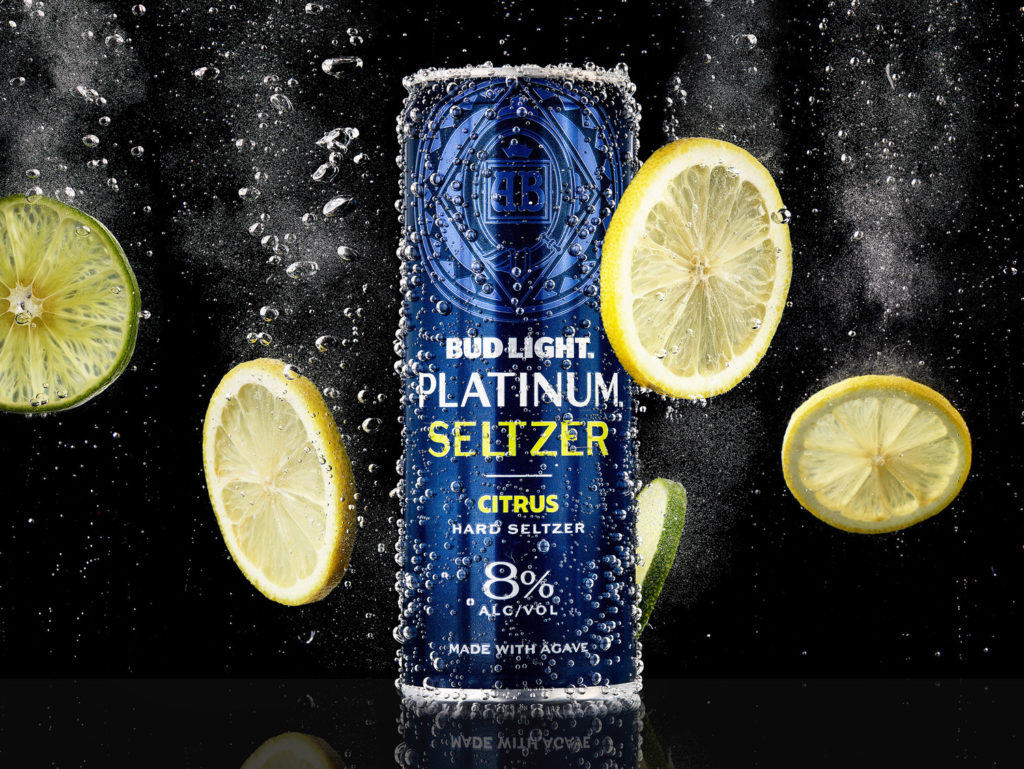
Separate Art and Business
Getting a start in anything is neither quick nor easy, and starting as a commercial photographer is no different. The business of photography is vastly different from the art of photography, and you have to go into this career understanding that. I absolutely love what I do now, even when I’m photographing my 20th hamburger. It’s always different and unique and every image is a challenge. I love a good challenge and I don’t have much quit in me, so that has lead to success for me thus far.
This business is just that – a business. Honestly, I wish I had had more business education before starting this venture, but I’ve been able to figure a lot of it out along the way. You have to be good at creating estimates, negotiating, finances, scheduling, producing, marketing, oh yeah, and photography. 70% of my time is spent on the business of photography and only about 30% is spent on actual photography. Even then, that 30% is spent only on food and beverage photography.
If you love photography for the art of it and want to focus only on the photography, then think twice about making a living with your work. You have to go into this understanding that making a living in photography is as much, if not more, about business than it is about art. I can tell you it is very rewarding to make a living doing something I love to do every day, but the decisions I make about my photography and what I do as a photographer are entirely tied to my business.
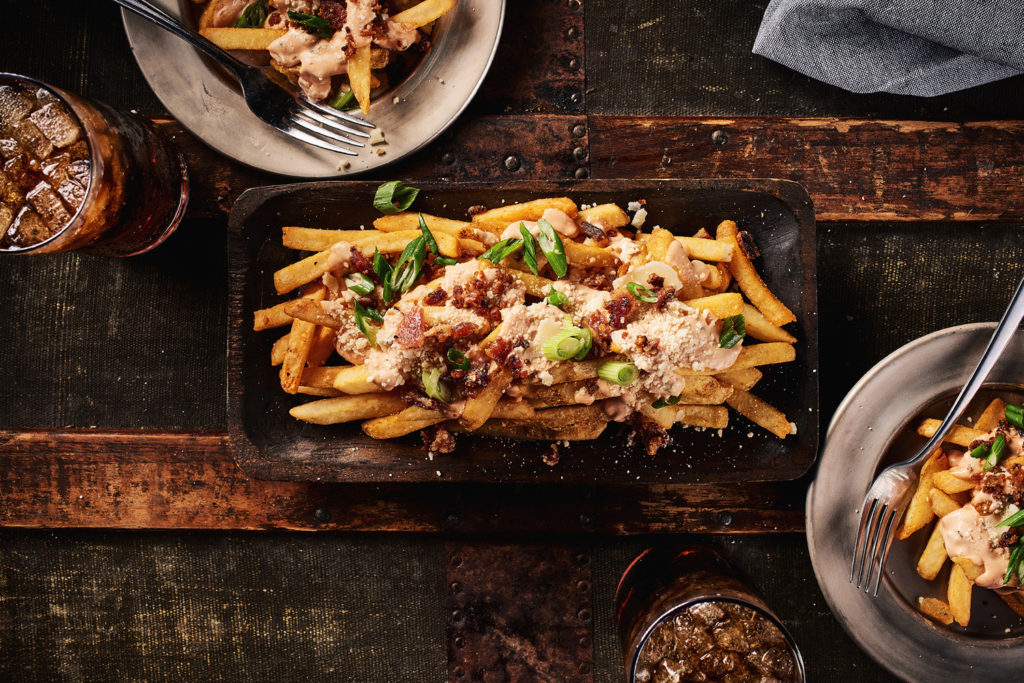
Create A Portfolio
If you’ve read this far, you’re interested in learning more about what it takes to build a business as a commercial photographer. The first step is to build a portfolio. You need a good solid base of 30-50 images you can show as examples of your work. People buy what they can see and they need to be able to see what you are selling them. Your portfolio needs to consist of the kinds of images you want to sell to a client.
When I first started, I didn’t have a single image of food or beverage. I would call up local restaurants that I liked, that were doing creative things with their food and cocktails, and I would ask if they were interested in working with me. If they allowed me to come into the restaurant and experiment and provided me with subjects to photograph, I would give them the images to use for themselves. At the time, I was still working full time in advertising and I would do these test shoots on the weekends or at night after work. I wasn’t ready to charge anything for my photography, but I had to start somewhere. This was a good arrangement for everyone.
After a couple months of this, I had my first portfolio of images and I had a first look at what I had learned so far about photographing food. I had a background in photography so I wasn’t going into this cold, and I had also watched a lot of online tutorials about lighting food. This was my first opportunity to put what I had learned so far to the test.
It’s fun to look back at where I started, and I got my first paying client while on one of those shoots. Someone walking by saw me working on one of my portfolio shoots and asked me for my card. He contacted me a couple weeks later and contracted me to shoot my first paying job. He is still one of my best clients to this day.
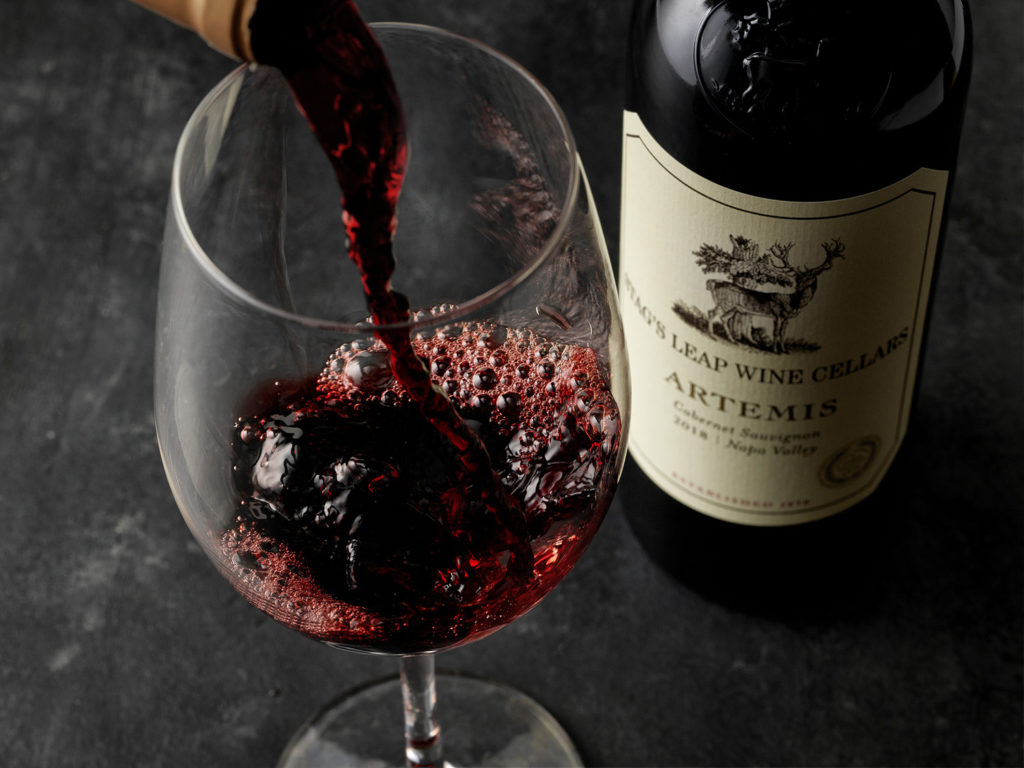
Develop Your Style
This part doesn’t typically come quick or easy. For some people this comes naturally; for others it takes time to develop. Your style is your unique take on the work you do. Your style is not what preset you apply to your images. It is the whole package: how you think about a scene, how you compose your images, how you light, how you shoot and how you edit. It is vital that you work on this over time and develop a clear and concise portfolio that represents who you are as a photographer.
When someone hires you for a job, they want to understand how their product will look in your images. The better your portfolio expresses that visually, the easier it is for someone to hire you. If your photos look like everyone else’s, then what sets you apart other than price? If you have a unique look that someone cannot get from another photographer, then all of a sudden price doesn’t matter as much and you are now more valuable as a photographer. This is something I have just started to see show up in the past year. The conversation has shifted from, “How much do you charge?” to, “We think you’d be great for this project, can we get a quote?” After seven years and countless shoots and test shoots, my portfolio now has a more defined style. People can see how I approach photographing food and beverages and they know whether my style is a good fit for their project.
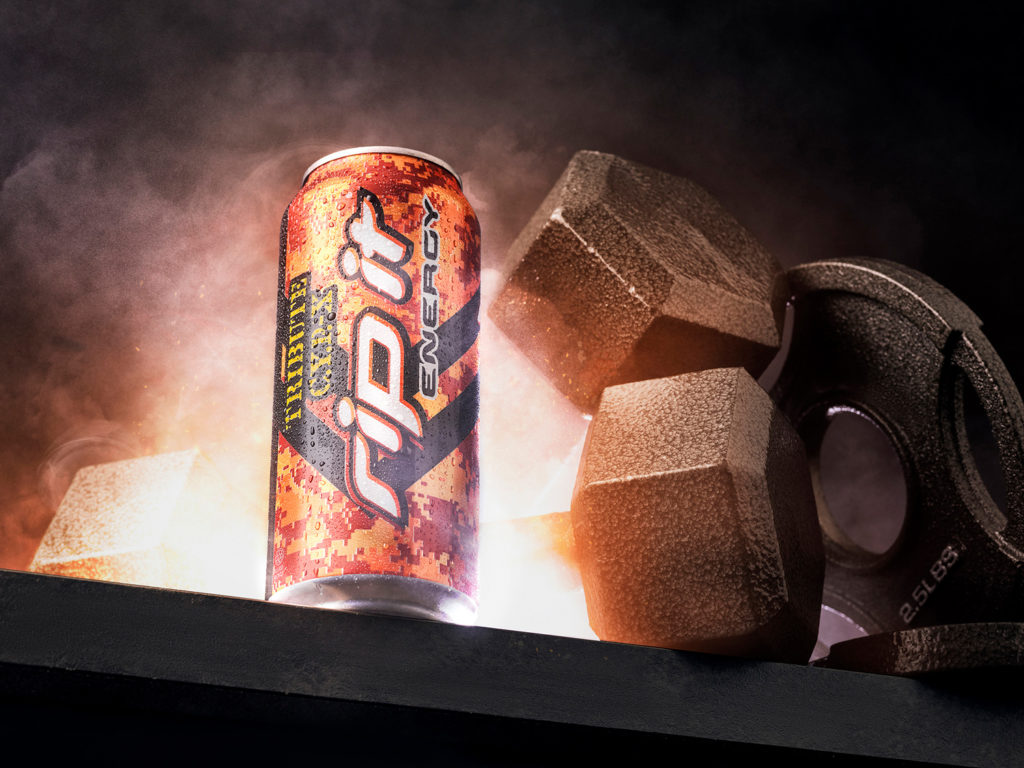
Put In Those 10,000 Hours
It is said that to get really good at any one thing takes 10,000 hours of practice. To see a prima ballerina perform looks effortless but it has taken an enormous amount of effort to make it look so effortless.
I figure if I have photographed an average of 2 sessions per week, for 45 weeks out of the year, for the past 7 years, at an average of 8 hours per day, I am currently at 5,040 hours – halfway to that 10,000 hours. Like I said before, I ‘feel’ like I am about halfway to my goal as a commercial photographer, so I’m right on schedule.
When I first started, I reached out to a few people I admired in the genre and asked for their advice and wisdom about getting started in this business. One thing that stuck out was when one said it takes 3-5 years to build a successful business, then another 3-5 years to get that business to where you want it. It took me three years before I was able to switch to working full time as a photographer and leave my advertising job. At five years, I had my first studio and was doing a decent amount of work. At seven years, I’m starting to scale up more and am busier than I can keep up with. It was so very true. If I continue on this path, I would expect that in another seven years I should be at the top of my game and have a name in the industry. That’s the goal anyway.
I think for anyone starting out it’s important to see that this, like any other profession, is not easy to be successful at. It’s not just buy a camera and point it at something. It takes work and you have to respect the process to create something worthwhile. It’s true that anyone can take a photo of food, but to become a food photographer takes a lot more than just pointing a camera at a cupcake.
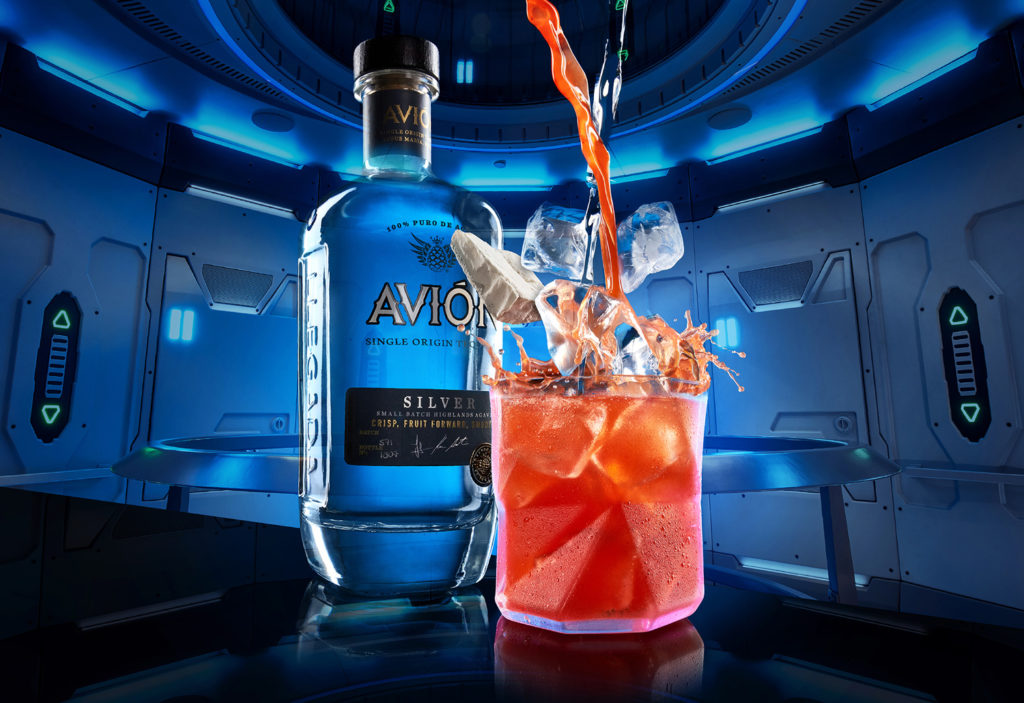
Market, Market, Market
So you have a solid first portfolio and you’ve gotten a few clients, but you need to build on that. It’s time to start getting your name out there.
The first thing to do is to identify who is hiring for the work you want to be hired for. For me, it’s ad agencies. Local restaurants don’t have the budgets to pay what I need to make for a day of work. Ad agencies typically handle the creative for larger brands, so more often than not, I’m being hired by the agency.
The first step for me is to identify agencies that do work for the brands or genres I am interested in creating work for. From there, I need to find out who the creative director or art buyer is and connect with them. If I can get my work in front of them and regularly show them what I’m working on, then perhaps one day in the future they’ll be working on a project they think I may be a fit for and they may reach out to get a quote.
Keep updating your portfolio and keep sending that work out into the world. Make new connections regularly and foster the relationships you’ve already made. This business is all about networking; the more people you know and the more people you can get your work in front of, the more opportunities there are to get hired for a job. Pair that with a strong portfolio of work that shows your unique style and you have all the ingredients needed for a successful business.
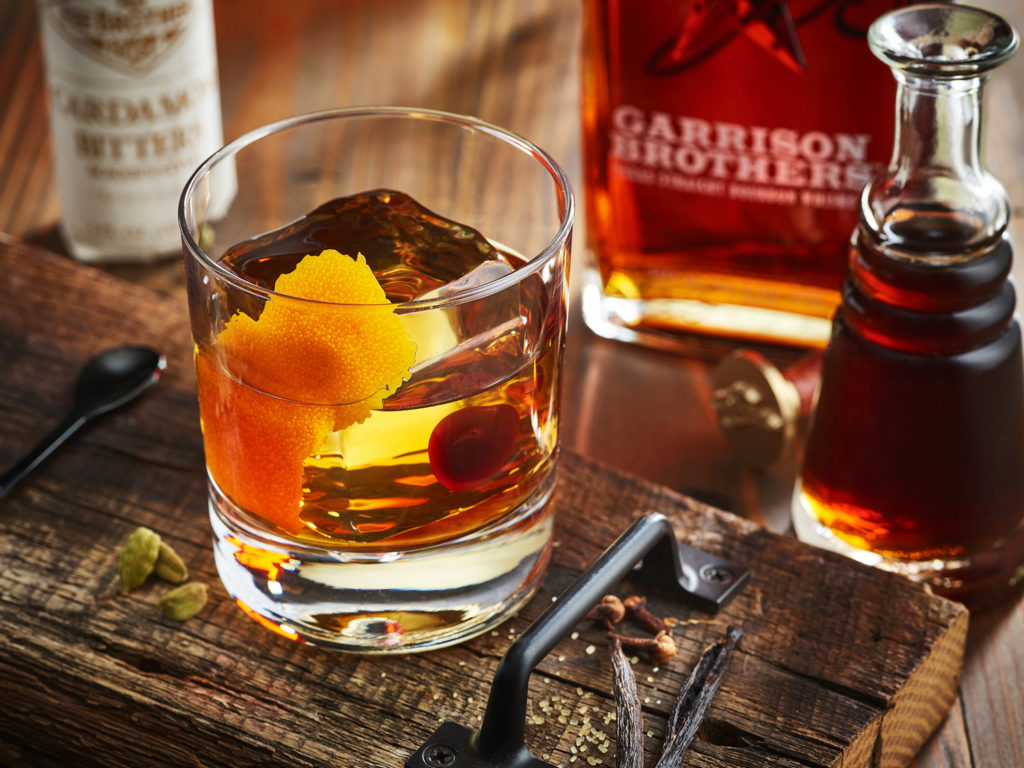
Honesty, Integrity, Communication
As you grow your business, keep in mind that your honesty, integrity and communication will be the backbone of your success. Be up front with your clients and don’t try and hide things. Stick to your deadlines. When something comes up, reach out and make sure they know. Be kind to everyone you work with, don’t be a diva, keep your ego in check and above all have fun!
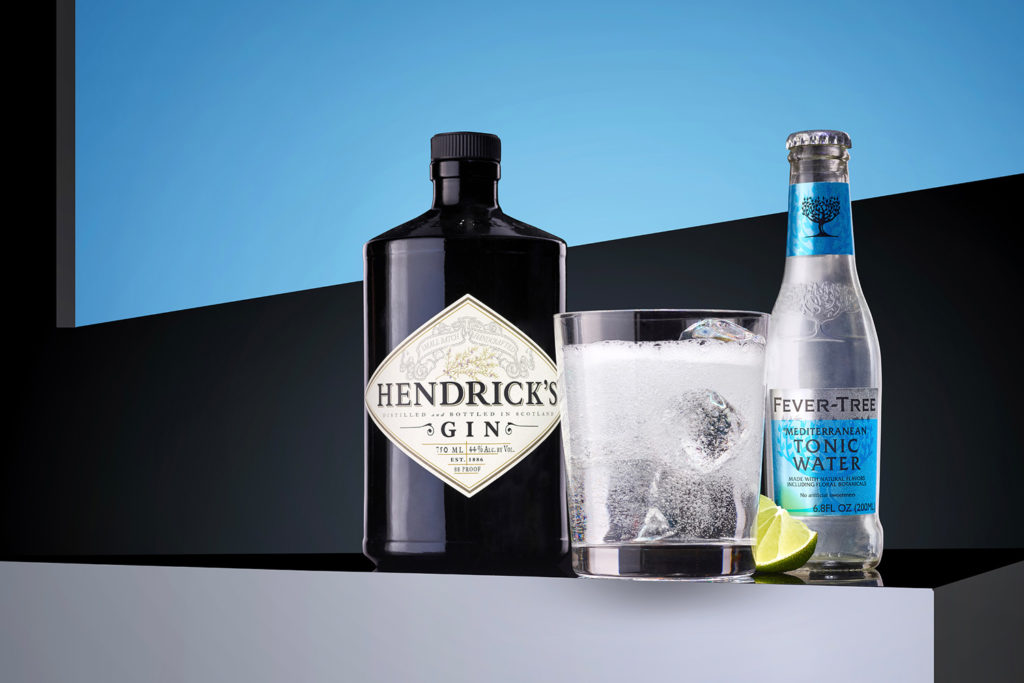
Never Stop Learning
I hope this post helps you to understand what may be ahead of you on the journey to becoming a commercial photographer. I’m a bit of a realist and am not here to just say, “Yeah anyone can do this, so go out there and give it your all!” I do believe that it is possible for anyone. But, if you’re going to be successful, there are certain truths to be aware of. You want to be sure you are up for the challenge and ready to put the time in that it will take to get there.
This is just one little piece of what you may need to know, and certainly of what you’ll learn along the way. You need to gather as much information as you can and carve out your own path. There are so many great resources today, like KelbyOne, to learn all you need to know to get where you want to go. I have learned everything on my own over the years through resources and communities like KelbyOne, and am proof that through passion, drive, commitment and hard work you can achieve your goals. I still learn every day. I still use all of these resources available to me and I still have a ways to go to get where I want to be. We should never stop learning.
If you’re interested in the genres of food and beverage you can check out Aaron’s work at AaronVan.com or on Instagram. You can also view his class on Lighting for Food Photography, and his latest class on Lighting for Beverage Photography when it is released, on KelbyOne. If you have any questions or need any specific advice, connect with Aaron in the KelbyOne Community.



